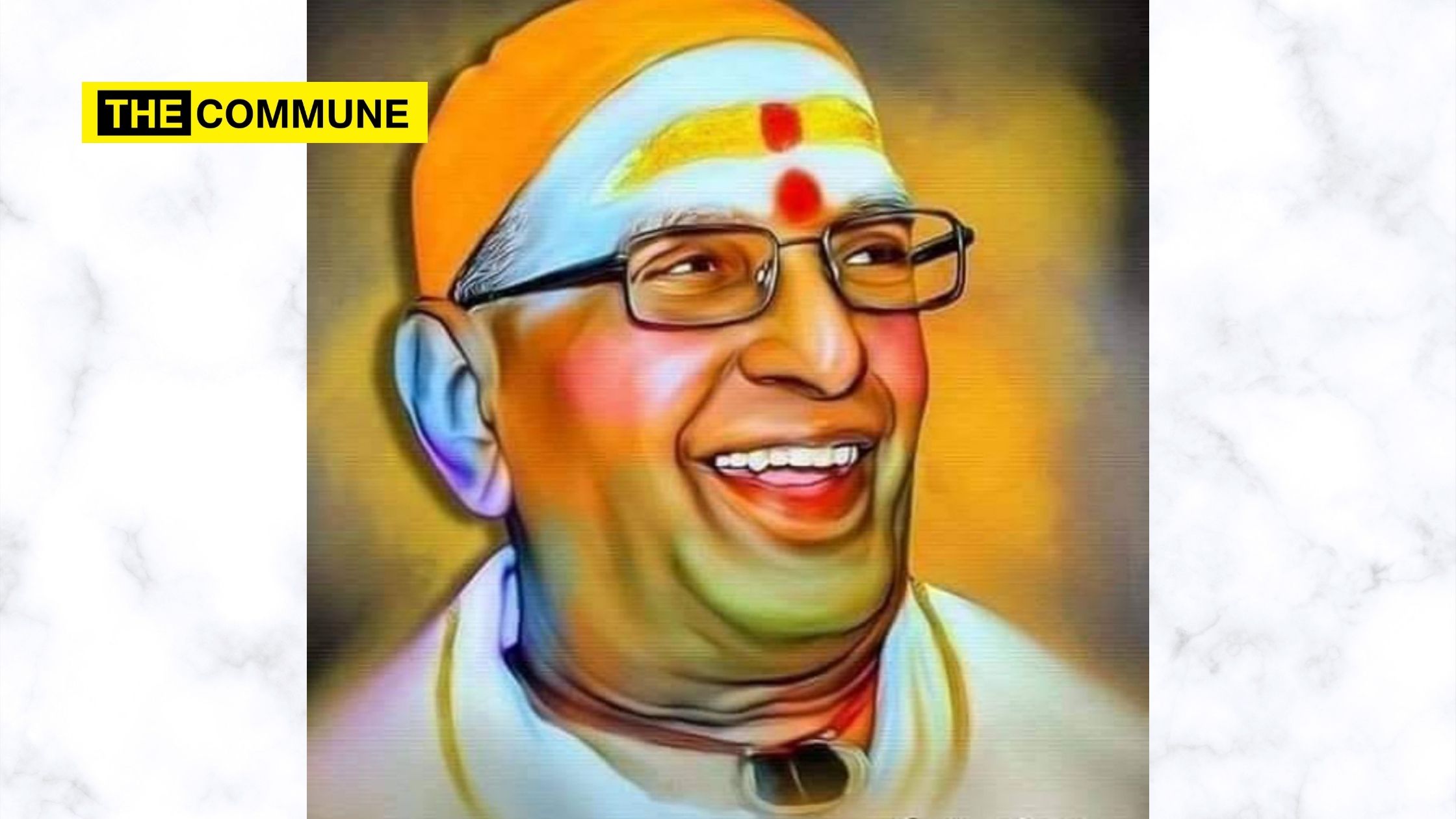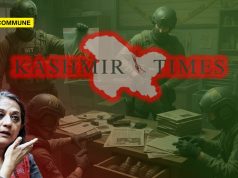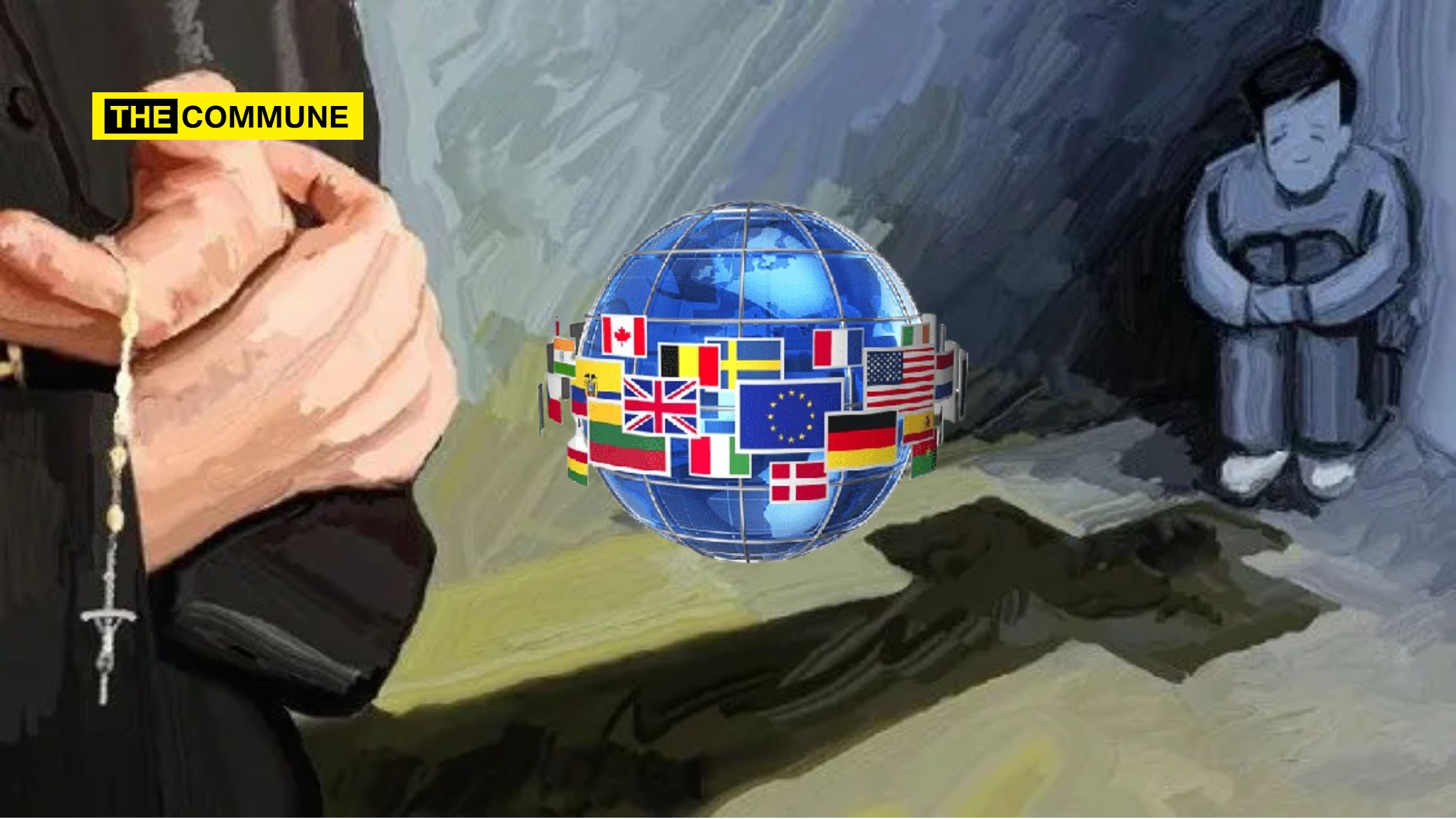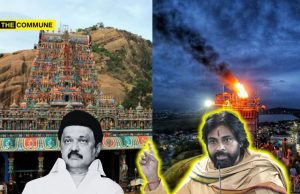
Senior RSS Pracharak and Founder President of Hindu Munnani Ramagopalan breathed his last on 30 September 2020 after testing positive for the Wuhan virus. The former Prant Pracharak of Tamil Nadu, who was elemental in fighting the menace of religious extremism of Islamic groups and religious conversion by Christian evangelists, is addressed as ‘Veera Thuravi’ (Brave Sage).
His characteristic saffron cap that is hard to miss anyone’s eye stands testimony to the sobriquet given to him.
The most powerful weapon in the world is, well, a sharp weapon itself. Anyone who has been threatened or has had an attempt on their life will surely change their behaviour or atleast tone it down once they go through a traumatic experience.
In today’s world, where a social media post on a particular religion can get one killed, it takes immense courage to be on the streets to stand up against the injustice while facing threats to life.
Back in November 1997, when traffic policeman Selvaraj had stopped a vehicle carrying weapons in the Ukkadam area of Coimbatore and detained the persons carrying it, he was stabbed to death in the middle of the road by Wahhabi terrorists within a few days. This had sent shivers down the spine of the force. Even today, lower rung forces think twice or thrice before engaging with a person wearing a skull cap and flouting rules.
That is what fear of death does. It even forbids from doing one’s duty.
But here was a man who fought with the same zeal throughout his life even after visiting death’s doorstep.
Just ten years before the brutal attack on Selvaraj by jihadis, they had plotted against several prominent RSS and BJP leaders of that time. Following the murderous attack on former BJP National President Jana Krishnamurthi, Syed Ahmad Basha who founded the Al-Ummah terrorist organization tried to assassinate Ramagopalan at the Madurai Railway Station in 1987. He was attacked with a billhook that cut off a portion of his skull. He survived following a long intensive treatment and had stayed in coma for more than a month.
The severely injured portion of his head was covered with a plate attached to a mesh. This arrangement had been done on his head because that portion of the head was covered with bare skin. If one were to press hard with a finger, it would get punctured.
This was the price he had to pay for trying to stop the en masse conversion of Meenakshipuram villagers to Islam in 1981.
Since then, the saffron cap that he adorned became a symbol of valour, survival and sacrifice that Ramagopalan made in his life.
Any person who had undergone such a life-threatening experience would either withdraw or lie low. But Ramagopalan instead of getting cowed down began functioning with even more rigour.
At a time when Tamil Nadu was falling prey to the plunder of Dravidianists, Christian evangelists and Islamic Sunni Wahabists, this man through Hindu Munnani offered the resistance needed to arrest these forces while fighting caste atrocities, untouchability and other social evils.
If there was a Tilak to Maharashtra, Thiru. Ramagopalan was a reincarnation of him in the south who infused a new spirit in the Hindu Renaissance in Tamil Nadu. Inspired by his commitment to the cause, the Indu Makkal Katchi under Tamil Thiru. Arjun Sampath is walking on the path laid by him.
The man was a living example of the Sanskrit shloka – Dharmo Rakshathi Rakshithaha – He remained a guardian of Dharma which protected him for 94 years!
He truly was a Veera Thuravi.




